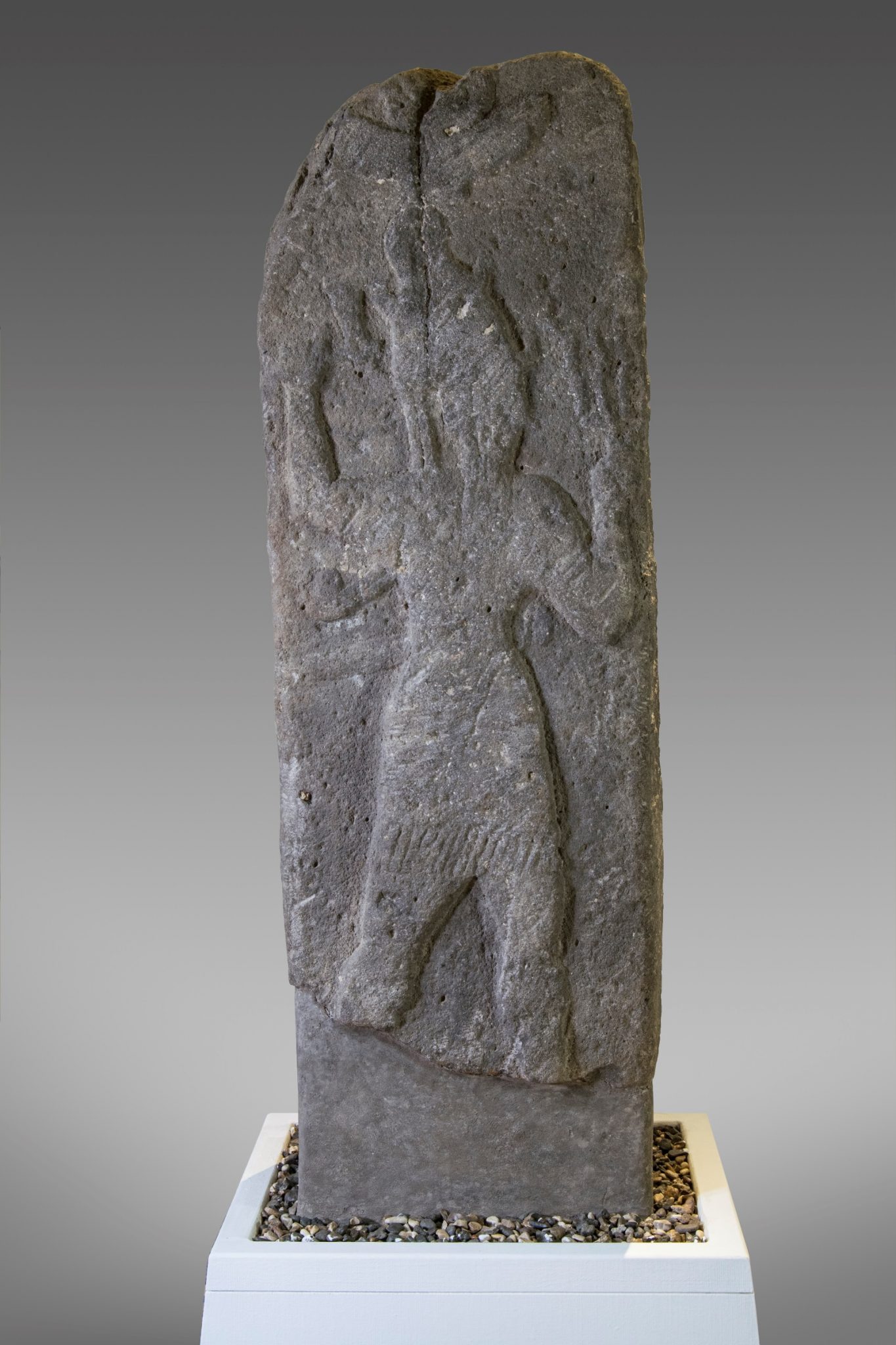We’re guessing most people go to the Louvre in Paris to catch a glimpse of the Mona Lisa. But once you’ve had enough of standing in line and crowding around the smallish painting, you might want to check out some ancient artifacts making their debut appearance in Europe.
These are part of a new exhibit set to open this spring, called “Forgotten Kingdoms: From the Hittite Empire to the Arameans.”
Among the artifacts on display are four on loan from the permanent exhibition at the Bible Lands Museum in Jerusalem, in the first collaboration of its kind between an Israeli museum and the Louvre.

The Paris exhibit focuses on the Neo-Hittite and Aramean kingdoms that arose after the fall of the Hittite Empire – the great rival of ancient Egypt that stretched across Anatolia and ruled the lands of the eastern Mediterranean until around 1200 BCE – and which flourished in the 12th to 8th centuries BCE.
The ancient artworks on loan to the Louvre include two stelae: a 4.25-foot basalt stele bearing an inscription of Hamiyatas, king of the Neo-Hittite kingdom of Masuwari, and a stele from the kingdom of Marash showing a couple feasting at a table.


The other two artifacts are a stamp seal made of blue chalcedony depicting a winged lion and the head of a bearded man, and a stone libation vessel from the kingdom of Carchemish that was used to pour liquids dedicated to deities.

“This collaboration is the first of its kind between our museum and one of the largest and most influential museums in the world. It will enable millions of people from around the world to gain a glimpse into the fascinating history of our region,” says Bible Lands Museum director Amanda Weiss.

Fighting for Israel's truth
We cover what makes life in Israel so special — it's people. A non-profit organization, ISRAEL21c's team of journalists are committed to telling stories that humanize Israelis and show their positive impact on our world. You can bring these stories to life by making a donation of $6/month.








